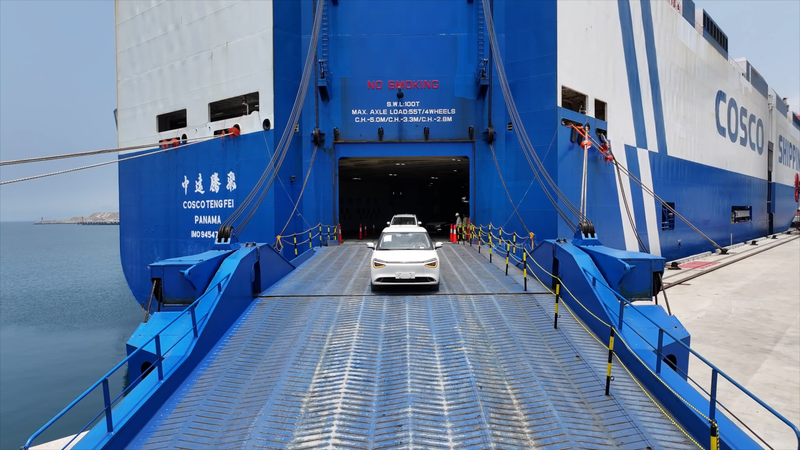From enhancing planning to guiding lasers, artificial intelligence is reshaping LASIK eye surgery in 2025, offering patients speed, safety, and precision like never before.
Pre-Operative Planning in Seconds
This year, AI-powered imaging systems generate detailed corneal maps in just a few seconds. Machine learning models analyze each eye's unique topography, helping surgeons tailor laser treatments to maximize vision outcomes. This rapid process can cut pre-op planning time by up to 50% compared to traditional methods.
Real-Time Surgical Guidance
During surgery, AI algorithms monitor ocular micro-movements and adjust laser pulses in real time. The result? Improved accuracy in reshaping the cornea and minimized risk of human error. Many clinics report up to a 30% reduction in procedure-related complications.
Faster Recovery, Better Results
Thanks to AI-driven precision, patients often enjoy faster healing and clearer vision within hours of surgery. Early adopters say they return to daily activities sooner, from screen work to sports, with fewer follow-up visits.
Global Adoption and Future Outlook
Leading eye centers across North America, Europe, and the Asia-Pacific region are integrating AI into their LASIK suites this year. As algorithms learn from thousands of cases, we can expect even more personalized treatments, paving the way for procedures that adapt in real time to each patient's needs.
With artificial intelligence at its core, LASIK in 2025 is not just surgery; it's a vision of the future coming into focus.
Reference(s):
cgtn.com


